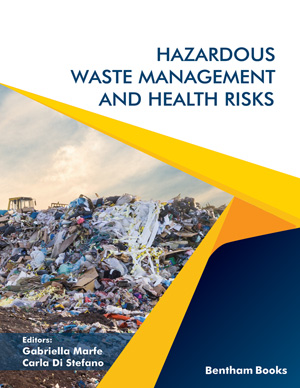Introduction

- Authors: Gabriella Marfe1, Stefania Perna2, Carla Di Stefano3
-
View Affiliations Hide AffiliationsAffiliations: 1 Department of Scienze e Tecnologie Ambientali, Biologiche e Farmaceutiche, University of Campania "Luigi Vanvitelli, " via Vivaldi 43, Caserta 81100, Italy 2 Department of Scienze e Tecnologie Ambientali, Biologiche e Farmaceutiche, University of Campania "Luigi Vanvitelli, " via Vivaldi 43, Caserta 81100, Italy 3 Department of Scienze e Tecnologie Ambientali, Biologiche e Farmaceutiche, University of Campania "Luigi Vanvitelli, " via Vivaldi 43, Caserta 81100, Italy
- Source: Hazardous Waste Management and Health Risks , pp 1-16
- Publication Date: August 2020
- Language: English
Waste pollution, with its harmful health risks, is one of the critical issues present in each country. Waste generation rates are growing around the world every year, creating a need for more sustainable waste management strategies. Random disposal of wastes is creating a very complicated situation that involves all world populations. Although several studies have been conducted to investigate links between waste pollution and cancer; such evidence about this correlation becomes very difficult to demonstrate. The information about the effects of environmental exposure in the population is insufficient, and it is very challenging to establish the impact of human health. In this scenario, interdisciplinary research can play an important role to better understand the relationship between the risks of human health and waste pollution.
-
From This Site
/content/books/9789811454745.introductiondcterms_subject,pub_keyword-contentType:Journal105


